State Police Crime Lab Tour: Fingerprinting and Tread Analysis
/Climbing a mountain was pretty neat, but another highlight of my recent trip to Massachusetts was a tour of one of the regional Massachusetts State Police Crime labs. Many, many thanks to Detective Lieutenant Michael Holleran for making this tour of the Springfield lab happen. Detective Lieutenant Holleran was kind enough to be my technical advisor on fingerprinting past and present when we were writing TWO PARTS BLOODY MURDER, and he went to the trouble of setting up the tour, and then drove all the way across the state to meet and stay with us the entire time. Once again, we couldn’t write what we do without the generous help of the officers and staff of the Massachusetts State Police!
I was going to include all the information about the tour in a single blog post. But when the ever-stalwart Ann came back to me this ‘this blog post is toooooooo long’, I decided it needed to be cut into manageable chunks because this is very dense information. So, today, we’re going to cover crime scene services in the lab, primarily fingerprinting and casting. Next week will cover evidence handling and criminalistics. And then in our final week, we’ll cover ballistics, the largest section and truly deserving of a post of its own.
 Detective Lieutenant Holleran (Crime Scene Services), Sergeant Ken Heffernan (Crime Scene Services), and Lieutenant John Crane (ballistics) took us through the Springfield crime lab that serves not only the Massachusetts State Police, but also many of the surrounding municipal forces. All three men are troopers who do everything in their area of the lab—they go out to the crime scene, gather evidence, and then return to the lab to analyze it. There are currently eight officers in the Springfield crime lab that are part of fingerprinting and crime scene services, and three officers in ballistics. All biological work in the criminalistics and biologics units, and much of the other testing (drug chemistry, arson, DNA, alcohol testing, and trace evidence) is performed by civilian forensic scientists.
Detective Lieutenant Holleran (Crime Scene Services), Sergeant Ken Heffernan (Crime Scene Services), and Lieutenant John Crane (ballistics) took us through the Springfield crime lab that serves not only the Massachusetts State Police, but also many of the surrounding municipal forces. All three men are troopers who do everything in their area of the lab—they go out to the crime scene, gather evidence, and then return to the lab to analyze it. There are currently eight officers in the Springfield crime lab that are part of fingerprinting and crime scene services, and three officers in ballistics. All biological work in the criminalistics and biologics units, and much of the other testing (drug chemistry, arson, DNA, alcohol testing, and trace evidence) is performed by civilian forensic scientists.
Fingerprinting (part of Crime Scene Services):
- All fingerprint evidence is handled in a designated fingerprint lab.
- Officers use a defined flowchart of test protocols to run on each print, starting at the top and working their way down, stopping after the first successful print development. Multiple tests can be run on the same print as long as the designated order is followed.
- UV light sources can be used to visualize prints on non-porous surfaces. Some prints can only be visualized and photographed this way; when they are chemically developed, no print appears.
- AFIS databases are accessed using MorphoTrak software. Massachusetts is the first state to link directly to the FBI database via third party software. Sergeant Heffernan ran one of his current cases for us—a break and enter with a fingerprint picked up through the mesh of a window screen. It took nine minutes for the resulting multi-point comparison match.
- Even after a positive AFIS result, the print must be confirmed by the human eye. In total, 3 officers must agree on the comparison for it to be considered a positive match.
- In the past, inked fingerprints have been standard, but over the last 10 years, live fingerprint scanning has gradually spread throughout the state. Troopers have live fingerprint scanners out in the field to be able to scan prints in situ instead of having to transfer evidence back to the lab. This kind of mobile fingerprinting also allows for faster identification of any deceased persons on scene.
- Live fingerprint scanners reject bad prints, but a good inked print will always have better resolution than a live scan, so troopers are still taught how to do classic inked prints by the Crime Scene Services officers since most troopers take their own perp prints out in the field.
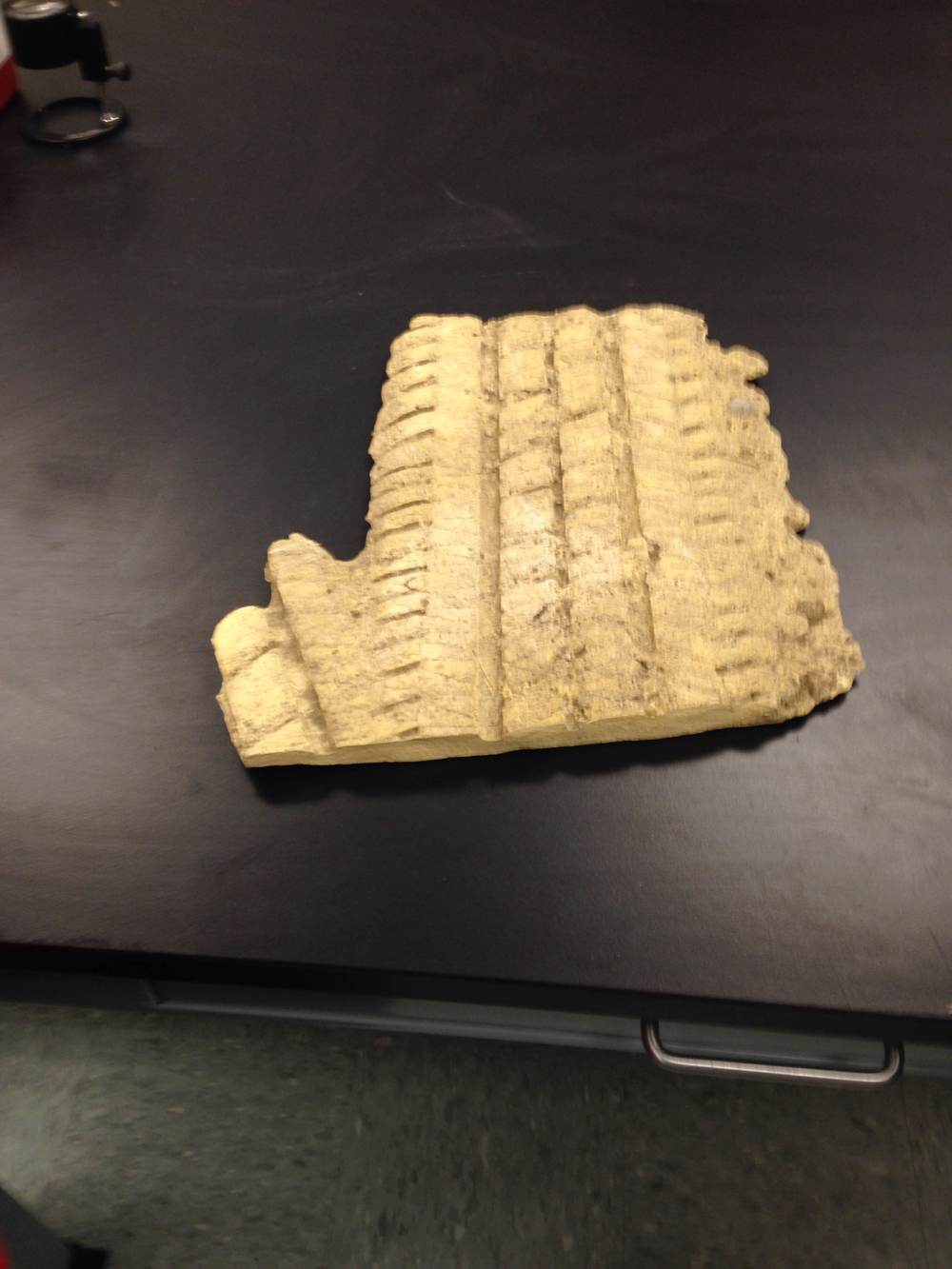 Tread Analysis (part of Crime Scene Services):
Tread Analysis (part of Crime Scene Services):
- Casts are used to identify both shoe treads and tire tracks.
- Casts are taken using Denstone®, a dental stone used for impressions because it has only 0.1% shrinkage with drying. Due to its ability to maintain its shape and size, it can be used for direct comparisons between the cast and the actual shoe or tire.
- Sergeant Heffernan feels that shoeprints are the most overlooked evidence and could be used much more effectively. For instance, the unique wear on shoes as well as any individual markings can be used to conclusively identify footwear present at the scene.
- There is an extensive tire tread database available for comparison. There is also a database for shoes, but it’s expensive because there are so many different types of shoes, and it must be constantly updated.
We’ll be back next week with a trip through the evidence room and the criminalistics lab. See you then!
Photo credit: Jessica Newton Photography
The Seymour Agency’s 1st Literacy Fundraiser:
Naples, Florida (July 2014) - The Seymour Agency has announced it will be hosting a fundraiser to support the Literacy Council Gulf Coast through a national online auction taking place during the month of September. Industry editors, agents, and authors have donated critiques, phone chats, and goody packages as prizes.
Everyone deserves the time and means for the luxury of reading. Literacy Council Gulf Coast works with underprivileged youth and adults to provide quality literary education needed to function in today’s society.
The online auction will go live in phases on September 1, 2014 and bidding will end on September 30, 2014 at 11:59 p.m. with the largest bid received winning.
If you are not interested in the items up for auction, please consider a cash donation through CrowdRise. CrowdRise is a convenient way to donate money to charities.



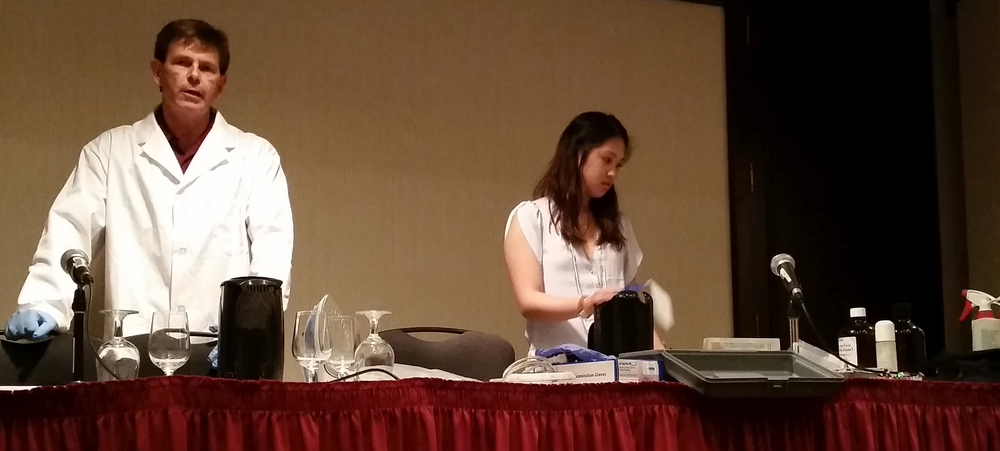
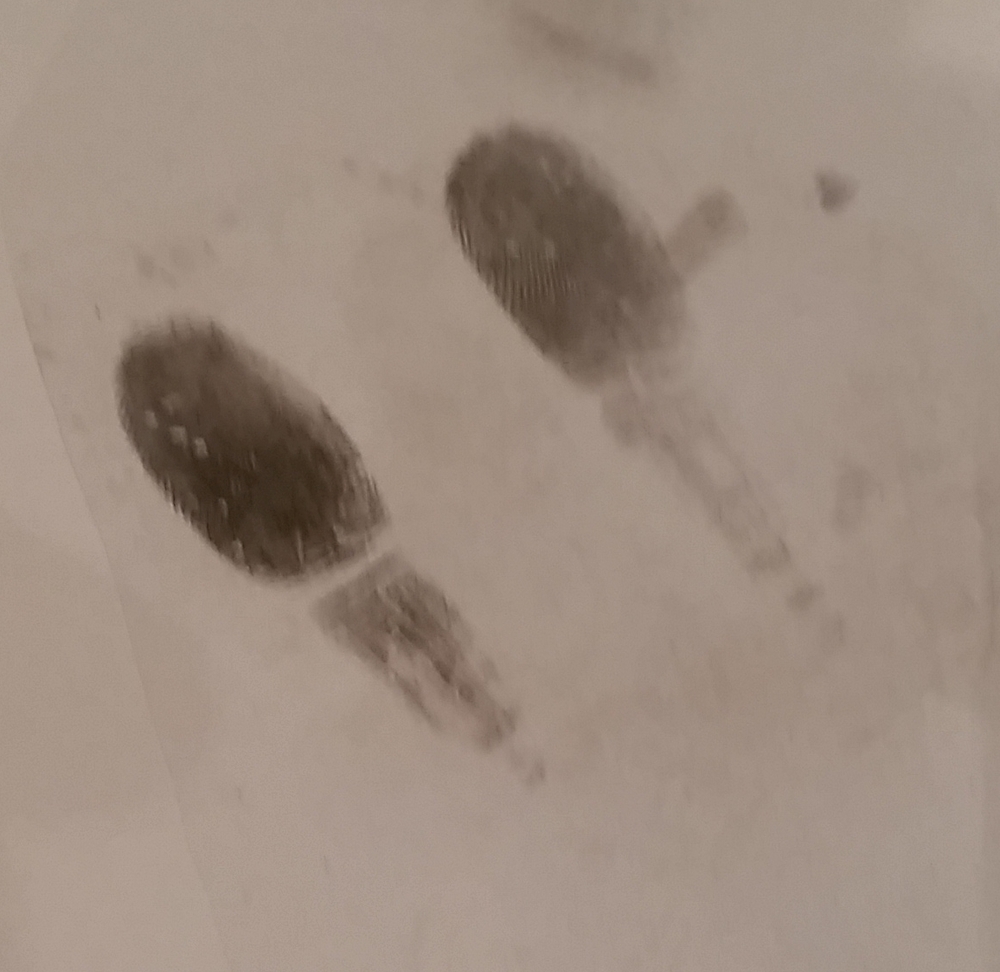
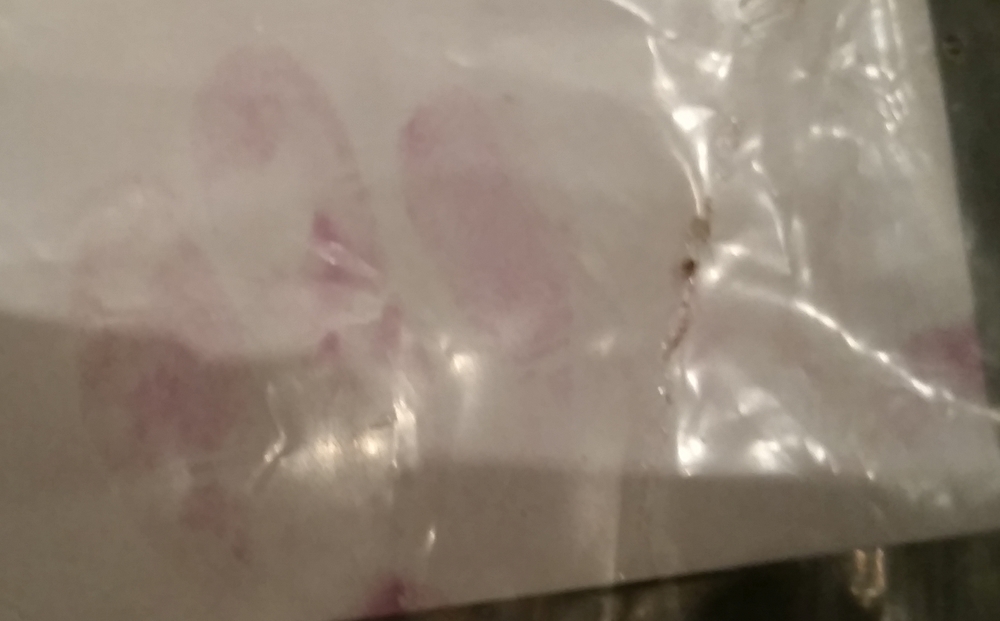

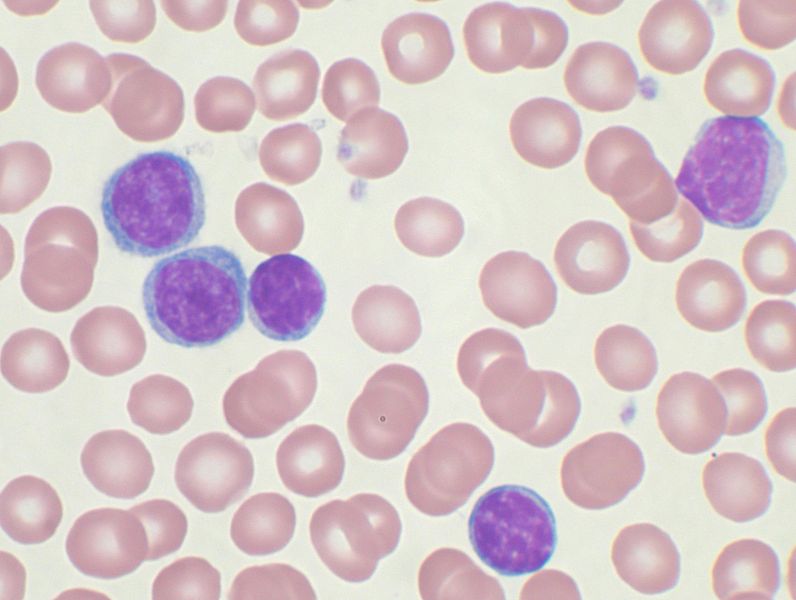


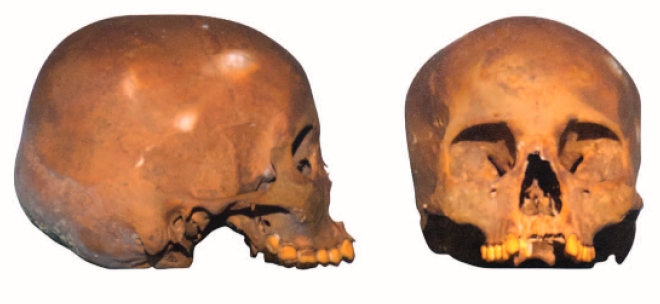

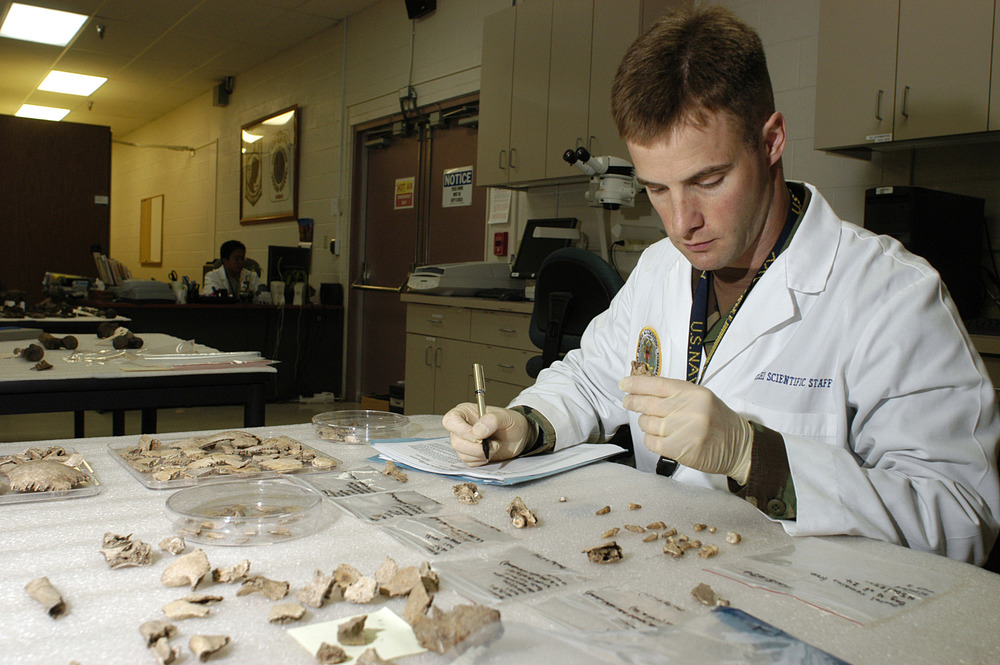

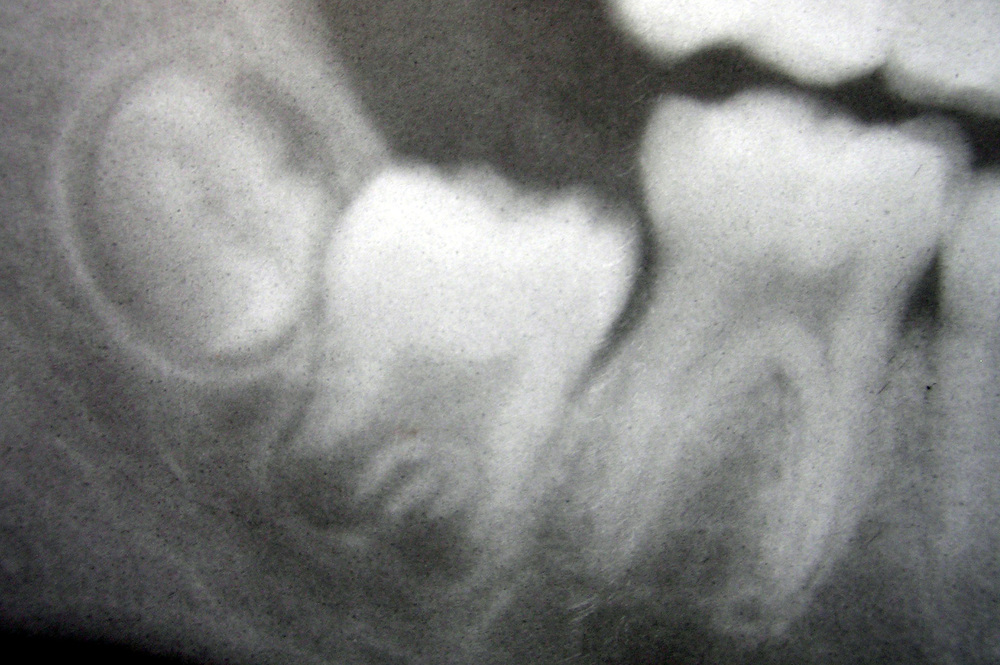

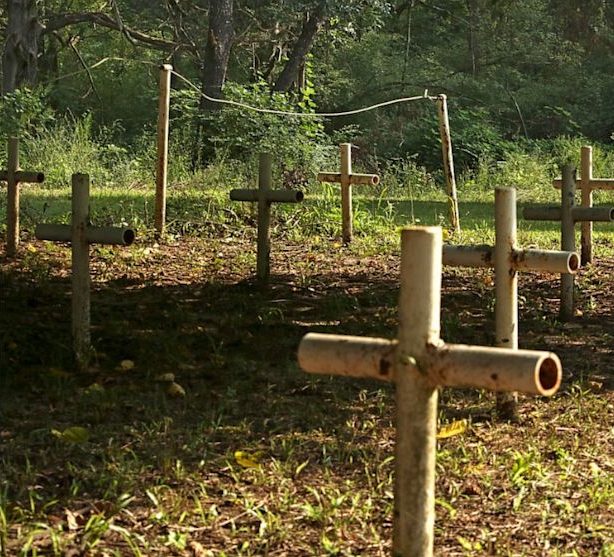




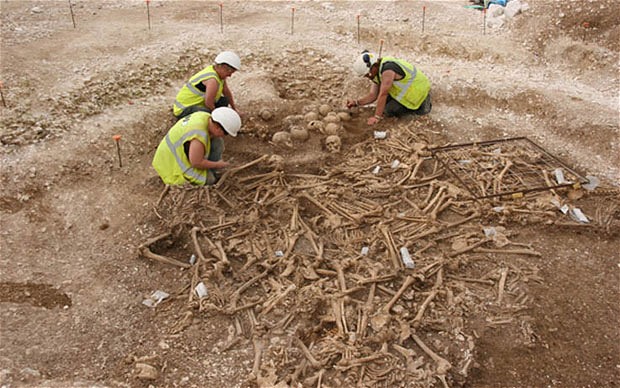


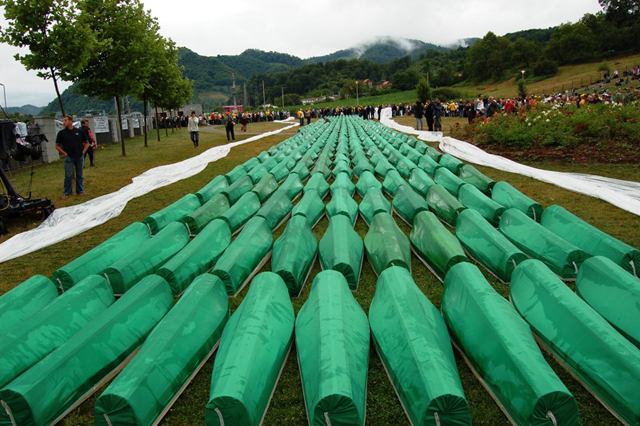
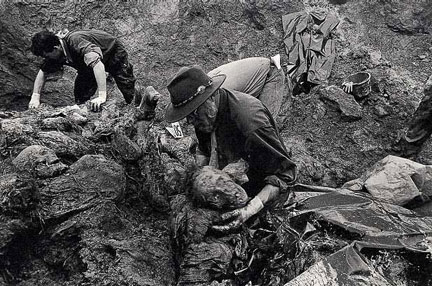
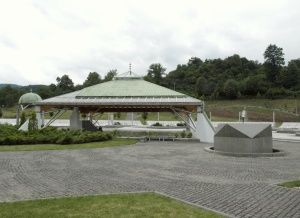
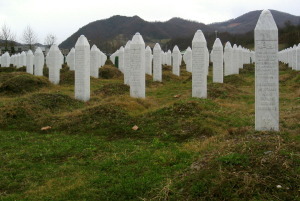


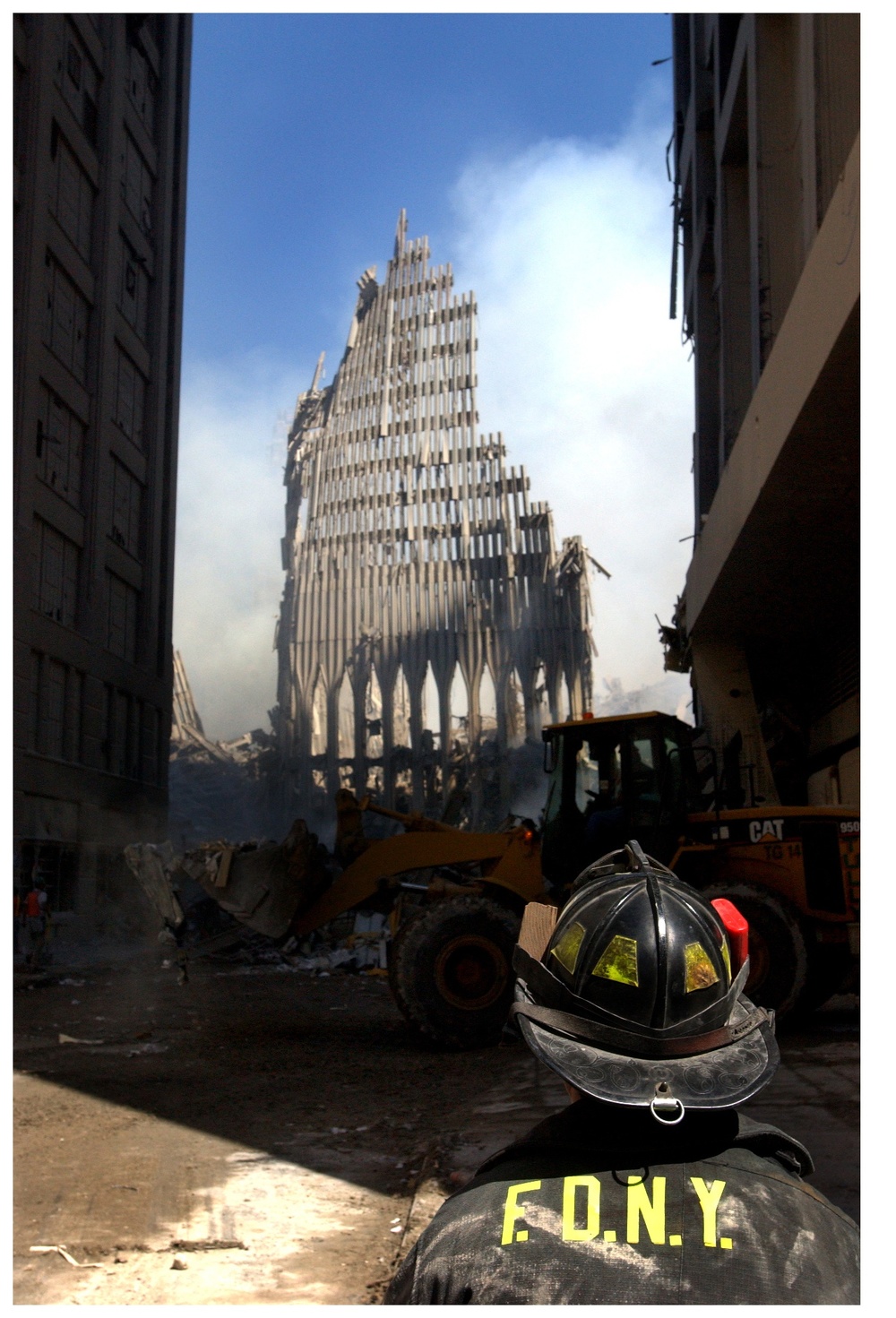

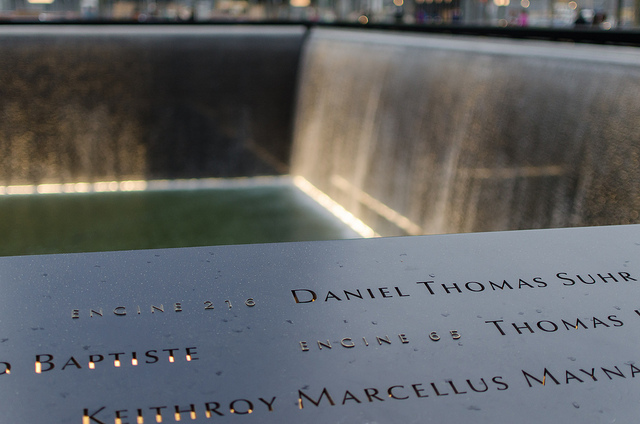

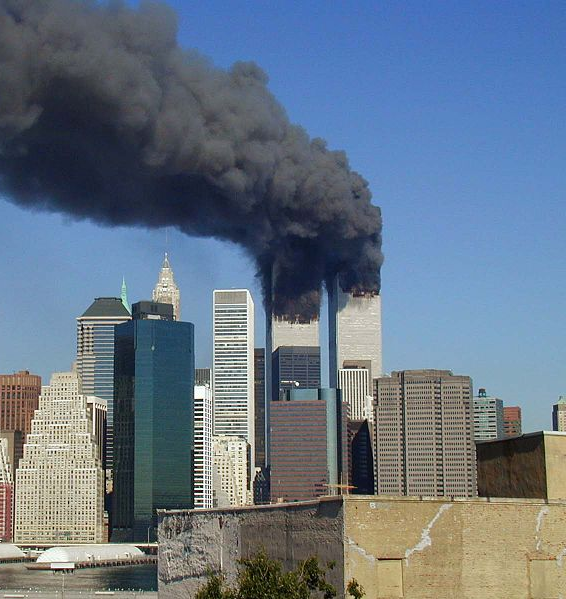






 38.0%
38.0%